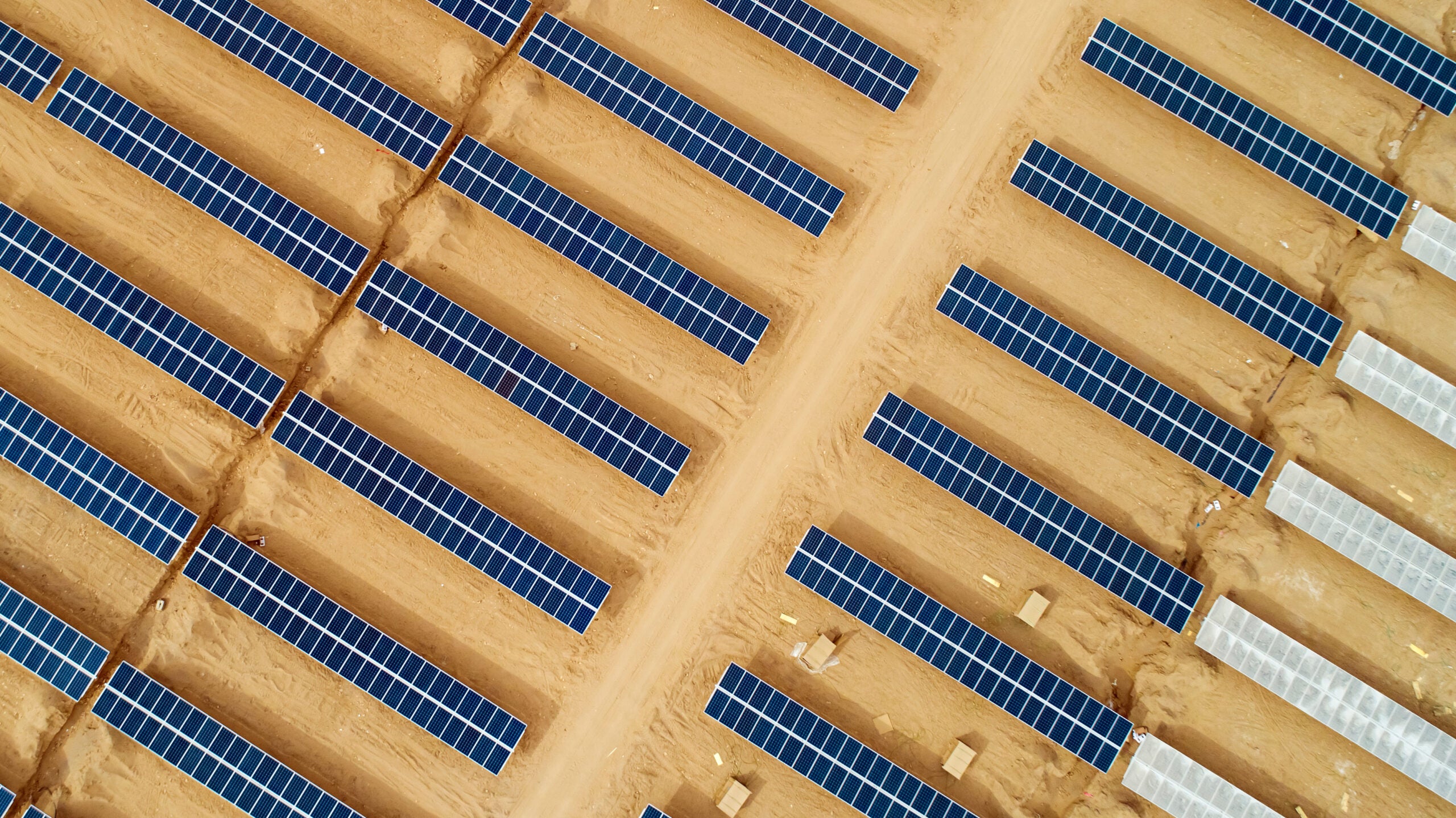Today’s state-of-the-art electric power supply and delivery systems comprise a complex array of electrical components including power generation, transmission, voltage control, and power delivery with multiple points of supply and use. Technology advancements have diversified the grid, adding new sources of generation, and improving stability of supply. A recent report ‘Thematic Research: Distributed Power Generation’ released by GlobalData, a leading data and analytics company, reveals that Distributed power generation (DPG) offers a high potential to support customers’ power quality and reliability needs and hence attains a significant value. The system of DPG refers to modular power generation at or near customer sites and loads. It can provide increased economic value to the customer as well as to the overall power grid. The deployment of DPG technologies will increasingly lead to a decentralised energy system within which distributed generators will help meet local power demand or requirements through the network.
The development of renewable energy sources has evolved in relation to the rising interest in distributed generation systems that are formed through the integration of diversified energy resources. The integration of these diversified energy resources with decentralised generators can be concentrated in a ‘virtual plant’ also known as a “microgrid”, in order to enhance efficiency. Recent developments in the power systems demonstrate a marked shift in the way electricity will be distributed and supplied across networks in future. Power systems are now moving from centralised to decentralised distribution systems, and storage solutions in order to attain their on-site electricity requirements.
How well do you really know your competitors?
Access the most comprehensive Company Profiles on the market, powered by GlobalData. Save hours of research. Gain competitive edge.

Thank you!
Your download email will arrive shortly
Not ready to buy yet? Download a free sample
We are confident about the unique quality of our Company Profiles. However, we want you to make the most beneficial decision for your business, so we offer a free sample that you can download by submitting the below form
By GlobalDataTechnical developments driven by evolving environmental concerns and energy policies have helped microgrid take concrete form. Microgrids can be interconnected to local distribution networks and used to import and export electricity depending upon tariffs and local standards for interconnection or ancillary services. In emergencies, microgrids may also operate independently from the distribution network and use local resources to control frequency and shed load as required.
Blockchain technology will pay dividends in the power industry by helping distributed generation system operators to optimise grid operations, gain flexibility, and enable real-time pricing by managing connected devices via automated smart contracts (self-enforcing agreements embedded in computer code and managed by a blockchain). Blockchain has the potential to support distributed energy trading by handling the complex commercial arrangements among different parties in the energy market.

Distributed energy systems (DESs), which generate and store power near the point of consumption, are more efficient and transparent and hence can make energy infrastructure more robust. The distributed approach can help enhance crisis readiness and facilitate quick response to restoring power during events such as hurricanes, flooding, and other natural disasters and during times such as the ongoing Covid-19 pandemic. These DESs promote continuity of services and business in outage situations.
The Covid-19 pandemic has showcased how DESs can play a crucial role in power restoration and swiftly respond to a crisis scenario. It has shown how much modern communities depend so much on electricity and the way Blue Lake Rancheria (a century-old Native American tribe in California) DES microgrid system has shown beyond doubt to be crucial during Covid times when it provided backup power during outages. During wildfires last year, when public safety power shutoffs (PSPS) had caused power outages in surrounding community, Blue Lake Rancheria’s systems were working fine, due to their own backup power supply, connected to its microgrid. It was around three years back, in 2017, when Blue Lake Rancheria had first introduced its low-carbon community microgrid.
Along with this, supply-chain constrictions due to Covid-19-related economic shutdowns have emphasised the need to decrease dependencies through diversification. Decentralised and controllable DES power generation along with distributed storage solutions can boost system resilience and even grid independence. Grid operators can also reap benefits as DESs can aid in managing demand to decrease peak loads during times when infrastructure is pushed to capacity. In this manner, distributed energy solutions can lead to more robust power supply – particularly if the data they generate is employed by intelligent grid/microgrid management. In the longer run, it is expected that grid digitisation along with the increased requirement for control over energy by consumers will make distributed power much more predominant post Covid-19.
Rapidly declining costs for solar, wind and energy storage have sparked innovation and led to the development of new systems very different from traditional ones. In addition to their advantages in flexibility, efficiency, and reliability, these new models have the potential to replace significant amounts of fossil fuel generation with renewables, thereby reducing overall carbon emissions from power systems.







Related Company Profiles
DPG Holdings Limited
Blue Lake Rancheria